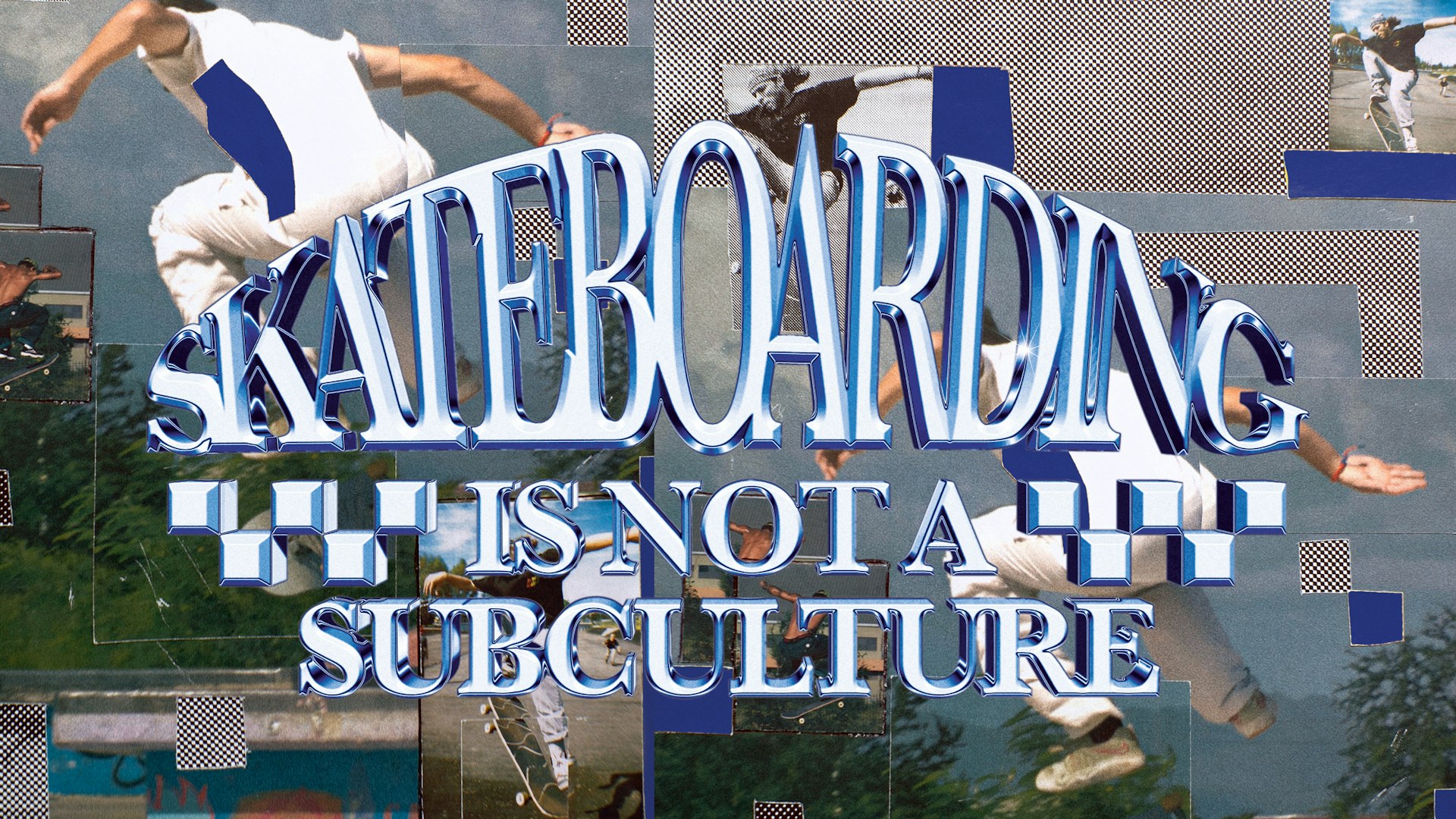Dark, soulful portraits of Harlem at night
- Text by Miss Rosen
- Photography by Khalik Allah

In the summer of 1998, Khalik Allah had come to a major crossroad after failing eighth grade. Dancing with a B-boy crew had been keeping him out late at night, and school had failed to interest him. Yet he understood the importance of educating himself. Concerned about his future, he headed up to Harlem and began to study with the Five-Percent Nation at the Allah School.
The Five-Percent teachings provided Allah with the self-knowledge and street smarts needed to turn his life around. When he graduated high school, he received a $1,000 scholarship that he used to buy his first camera. He took up filmmaking, then photography, with a mission to create an original style that he could use to create what he describes as “psychic x-rays” – portraits of the soul that lies within.


“When I started out I was studying Cartier-Bresson, Robert Frank, and William Eggleston, a lot of classic photographers and trying to emulate them,” Allah remembers. “After a while, I realised I better keep it real with everything I am striving for. Once I started doing that, a lot of answers came to me.”
In 2011, the vision came. Allah would shoot in Harlem on the corner of 125th Street and Lexington Avenue at night exclusively. “It was still a world to itself and there was nobody there to translate it except a few security cameras that the police had installed,” Allah remembers.


“Nobody else was shooting there, and I think that was because of fear. Fear of a black neighbourhood at night, on a corner where there are a lot of drugs and a lot of people just coming home from prison. I was seeing people beyond the flesh, beyond the body, and going directly to the soul. I am focusing on people that seem to be at the lowest but showing them as royalty.”
Allah’s portraits are collected in the new book, Souls Against the Concrete (University of Texas Press), which also includes a masterful essay taking us along his life path. Allah’s beautiful and bold portraits provide a 360-degree view of black people living in Mecca today.


Adopting Garry Winogrand’s approach to using the camera as an opportunity to not exist, Allah becomes a portal into another realm, one that embraces the eternal spirit that exists within the ephemeral moments of life caught on film. “I want the work to be able to tell these stories on its own and inspire people and expand the language of photography,” Allah explains.
“I could tell so many stories: I could talk about the local clinics and addiction, but none of that was the point – it was always about the person beyond the circumstance. You can see that in the eyes. The eyes are my point of focus. I look at them like stars in the night.”




An exhibition of photographs from Souls on Concrete will be on view at Gitterman Gallery, New York, in March 2018.
Follow Miss Rosen on Twitter.
Enjoyed this article? Like Huck on Facebook or follow us on Twitter.
Latest on Huck

“I refuse to accept child poverty is a normal part of our society”: Apsana Begum MP on voting to scrap the cap
After seeking to “enhance” the King’s Speech by voting for the scrapping of the controversial two child benefit cap, the MP for Poplar and Limehouse lost the Labour Whip.
Written by: Apsana Begum

Is skateboarding really a subculture anymore?
With skate’s inclusion in the Olympics, Kyle Beachy asks what it means for the culture around the sport, and whether it’s possible to institutionalise an artform.
Written by: Kyle Beachy

Autism cannot be cured — stop trying
A questionable study into the ‘reversal’ of autism does nothing but reinforce damaging stereotypes and harm, argues autistic author Jodie Hare.
Written by: Jodie Hare

Bristol Photo Festival returns for second edition
After the success of it’s inaugural run, the festival returns this autumn with exhibitions, education and community programmes exploring a world in constant motion through still image.
Written by: Ben Smoke

Documenting the life of a New York gang leader paralysed by gun violence
New photobook ‘Say Less’ is a complex yet humanising look into a life wrecked by gun violence and organised crime.
Written by: Isaac Muk

The woman who defined 80s Hip Hop photography
A new exhibition brings together Janette Beckman’s visionary and boundary pushing images of an era of cultural change and moral panic.
Written by: Miss Rosen